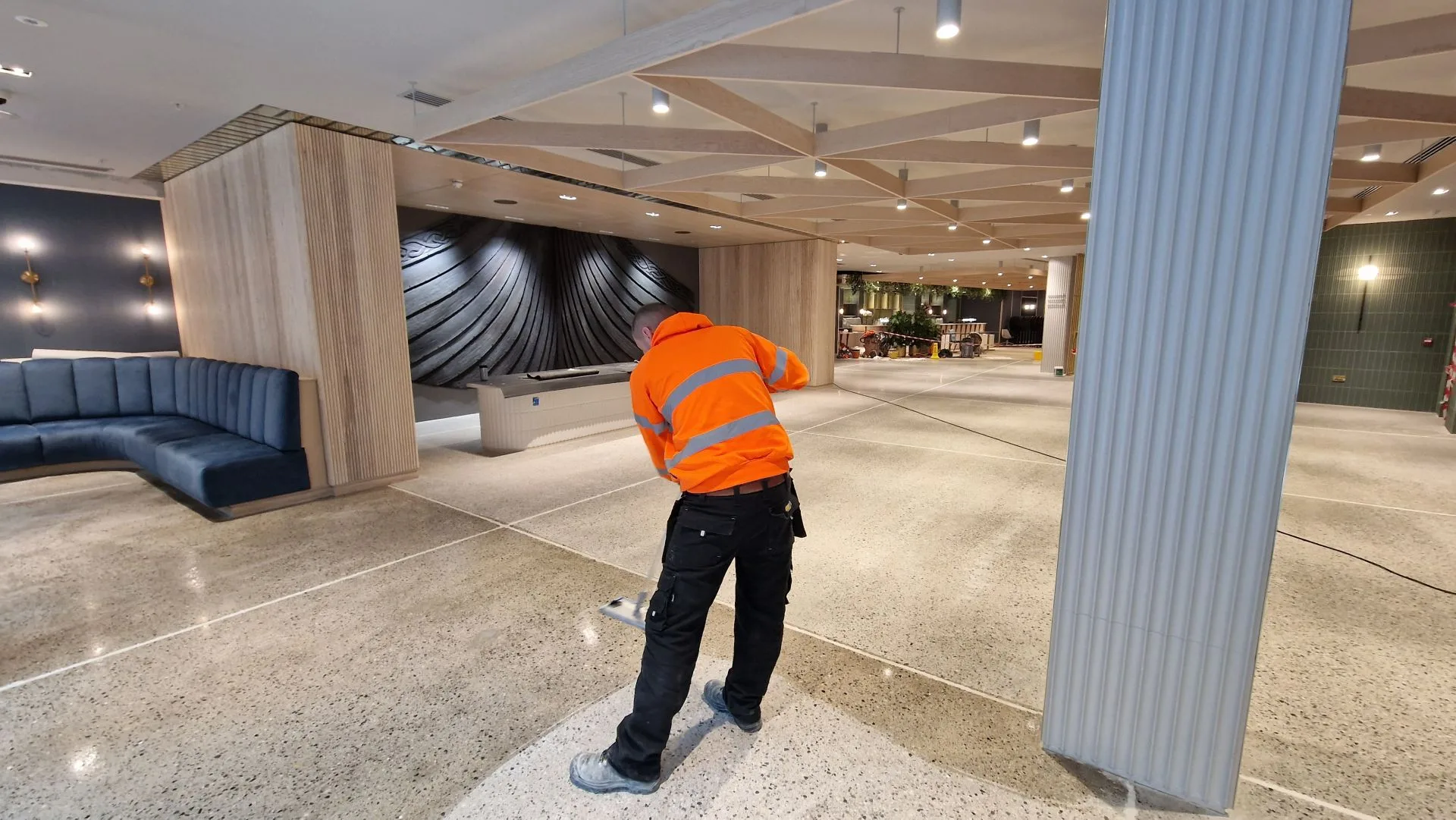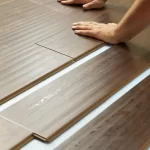
Let’s talk about the air in your home. You know, the stuff you and your family breathe all day, every day. It feels clean, right? Well, here’s a surprising fact: indoor air can be up to five times more polluted than the air outside. And for those of us with allergies or asthma, that’s a big deal. A huge, silent deal.
Where does a lot of that pollution come from? Honestly, it’s often right under our feet. Your flooring can be a reservoir for dust mites, pet dander, mold spores, and other allergens. The right—or wrong—flooring choice can either clear the air or turn your living room into a sneeze-fest. So, let’s dive into how to choose a floor that lets you breathe easier.
The Allergy Enemy: Which Flooring Types to Be Wary Of
First things first, we need to identify the usual suspects. Some flooring types are, frankly, a nightmare for indoor air quality. They might look great, but they create a perfect habitat for allergens to thrive.
Carpet: The Plush Problem
We get it. Carpet is cozy. It’s soft underfoot and it muffles sound. But for allergy sufferers, it’s a trap. That thick pile acts like a deep, dense forest where dust mites make their homes, pet dander gets lodged, and mold can grow if there’s any moisture. Every step you take can send a cloud of these particles back into the air you breathe. Even regular vacuuming often isn’t enough to pull the deeply embedded allergens out.
Some Engineered Woods and Vinyl: The VOC Villains
Okay, this one is a bit more subtle. It’s not about trapping allergens, but about off-gassing. Many cheaper laminate floors, engineered woods, and vinyl sheets or tiles are held together with adhesives that contain volatile organic compounds (VOCs). These are chemicals that evaporate into your air at room temperature, leading to that “new floor smell” that can cause headaches, irritate your respiratory system, and worsen allergy symptoms.
Champion Flooring for Clean Air and Easy Breathing
Now for the good news! There are plenty of fantastic, stylish, and hypoallergenic flooring options that make maintaining healthy indoor air quality a breeze. These surfaces are hard, smooth, and easy to clean, giving allergens nowhere to hide.
Solid Hardwood: The Timeless Classic
Solid hardwood floors are a top-tier choice. They don’t harbor dust mites or mold (as long as they’re kept dry, of course). A simple sweep and a damp mop are all it takes to keep them free of allergens. Just be mindful of the finish—look for low-VOC or water-based polyurethanes to seal the deal without polluting your air.
Tile and Stone: The Cool, Impervious Champions
Porcelain, ceramic tile, and natural stone like slate or marble are practically inert. They are completely impervious to moisture and allergens. Nothing soaks in. Nothing lingers. You can wipe them clean with ease, making them ideal for kitchens, bathrooms, and really any room in the house. They can feel cold, sure, but that’s what amazing area rugs are for—which we’ll get to.
Low-VOC Luxury Vinyl Plank (LVP) and Tile (LVT)
Don’t write off vinyl completely. Modern luxury vinyl plank has come a long, long way. It’s incredibly durable, waterproof, and easy to clean. The key is to seek out brands that are low-VOC or FloorScore certified. This means they’ve been tested and proven to meet strict indoor air quality standards. It’s a fantastic, budget-friendly option that mimics wood or stone beautifully.
Polished Concrete: The Modern Marvel
If you’re going for an industrial or ultra-modern look, polished concrete is your best friend. It’s as hypoallergenic as it gets. No fibers, no pores for allergens to penetrate. It’s also a great thermal mass, helping to regulate your home’s temperature. Just be sure the sealants used are low-VOC.
Making It Work: The Nitty-Gritty Details
Choosing the material is half the battle. The other half is installation and maintenance. Even the best flooring can cause problems if it’s not done right.
Installation is Everything: Glues and Underlayments
This is critical. You can pick a zero-VOC tile, but if you use a high-VOC adhesive mortar or grout, you’ve missed the point. Similarly, that low-VOC engineered wood needs a low-VOC underlayment and a low-VOC glue or click-lock installation system. Always, always ask your installer about the VOC content of all the materials going into your floor.
What About Area Rugs?
We get it. You want a little softness. The good news is, you don’t have to give it up entirely. The secret is to use washable area rugs. Look for cotton, wool (which is naturally resistant to dust mites), or synthetic rugs that you can throw in the washing machine. Avoid big, wall-to-wall carpet, but a manageable rug you can clean thoroughly? Go for it.
A Quick Comparison: Your Flooring Options at a Glance
| Flooring Type | Allergy-Friendly? | Key Considerations | Maintenance Level |
|---|---|---|---|
| Solid Hardwood | Excellent | Susceptible to moisture; use low-VOC finishes | Moderate |
| Tile & Stone | Excellent | Cold and hard underfoot; grout needs sealing | Easy |
| Low-VOC LVP/LVT | Excellent | Must be FloorScore or low-VOC certified | Very Easy |
| Polished Concrete | Excellent | Can be cold; requires professional sealing | Easy |
| Engineered Wood | Good | Check the core layers and adhesives for VOCs | Moderate |
| Wall-to-Wall Carpet | Poor | Traps allergens; can harbor mold | High |
Your Action Plan for an Allergy-Friendly Home
Feeling overwhelmed? Don’t be. Here’s a simple, step-by-step plan to get you moving in the right direction.
- Audit Your Space: Which rooms cause the most symptoms? Start there.
- Set a Budget: Hypoallergenic flooring ranges from affordable LVP to high-end hardwood. There’s an option for everyone.
- Research Brands & Certifications: Look for labels like FloorScore, GreenGuard Gold, or the EPA’s Safer Choice. These are your best friends.
- Talk to Your Installer: Be that person. Ask specific questions about the VOCs in every single material they plan to use.
- Establish a Cleaning Routine: Use a vacuum with a HEPA filter and a damp mop regularly. It’s the final, crucial piece of the puzzle.
Honestly, your home should be your sanctuary, not a source of sniffles and sneezes. The floor beneath your feet plays a surprisingly powerful role in your daily health and comfort. By making an informed choice, you’re not just picking a new surface. You’re investing in the very air your family breathes. And that, you know, is a foundation worth building on.









